Colocasia Taro (Colocasia esculenta)
This product is available for shipping only in Bangalore
Colocasia Taro, (Colocasia esculenta), herbaceous plant of the arum family (Araceae) and its edible rootlike corm. Taro is probably native to southeastern Asia, whence it spread to Pacific islands and became a staple crop. It is cultivated for its large, starchy, spherical corms (underground stems), commonly known as “taro root,” which are consumed as a cooked vegetable, made into puddings and breads, and also made into the Polynesian poi, a thin, pasty, highly digestible mass of fresh or fermented taro starch. The large leaves of the taro are commonly stewed.
Height: approx 3 ft including the pot
Pot size : 12 with nursery pot
- Estimated Delivery : Up to 3 business days
- Free Shipping & Returns : On all orders over ₹550 in Bangalore
Colocasia Taro or Colocasia esculenta is the oldest cultivated species in the Aroid family. This edible herb reaches up to 2 m tall, produces heart shaped to arrow shaped leaves that droop downwards. The swollen stem, often called tubers are pounded into a thick paste to make a wide variety of food including the popular local dessert, Orh-Nee.
Plant Care: Taro plant is a easy growing large plant. Taro plants need direct sunlight for good growth. However, they can grow well in a partially shady location, also. They can grow best when planted in a place with plenty of morning light.
For a this plant, you need well-draining soil. This type of soil ensures excess water drains through the plant pot. This prevents all that extra water from building up in the soil. When there’s too much water in your plant’s soil, it blocks the oxygen from getting through to the roots. The lack of oxygen to a plant’s roots can cause root rot. Root rot is just as the name sounds. It’s when the roots of a plant start to rot away. Fertilize once in a month. Loosen the topsoil without disturbing the roots of the plant so it can uptake the nutrients and moisture easily
General advise about Indoor plants: Indoor plants require a indirect or filtered sun light (NOT the direct sun) . Each indoor plants have a different requirement of sunlight. So please google or read about the plants light requirement. Plants growth and survivability also depends on the climate and seasons. In simple words right amount of sun light, water, manure , pest control .
There is no set standard for watering. Each plant has varying requirement of water .Poke your finger/plain small stick into the soil to check the moisture. Check if the plants stores water in their leaves or in rhizomes (bulb like structure in the roots). Check when the soil is dry then put the water. Over watering kills the plant due to root rot. Best suggestion is to shift the plants outside (in shade) once in awhile till they recover. During the main growing season feed the plant with organic fertilizer once a month
** Plants photos are for representation purpose only. We will make best efforts to send the plants as in photos itself, however it is not always guaranteed as plants might overgrow or shrink depending on the season, care or age.

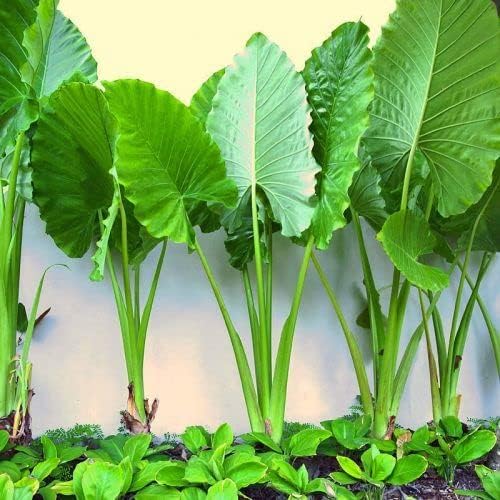


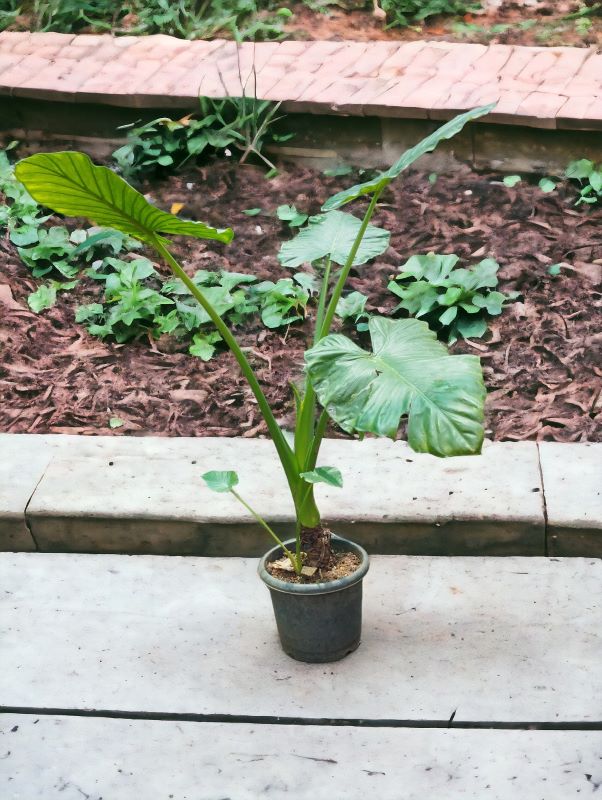
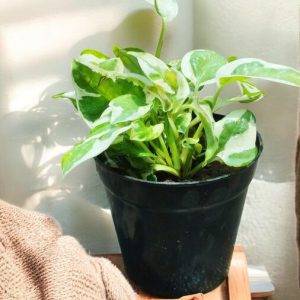
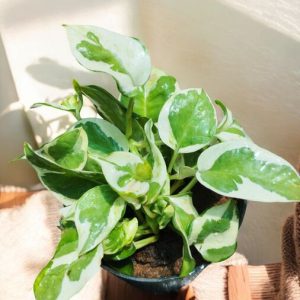
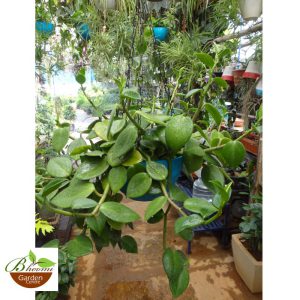
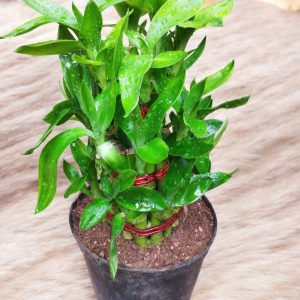

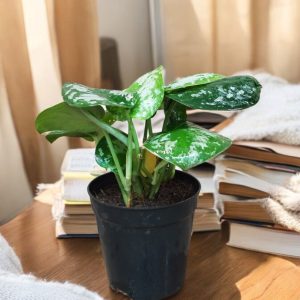
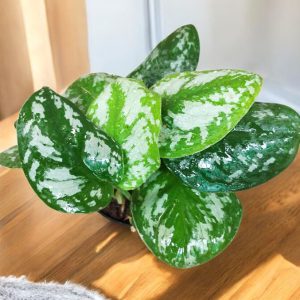
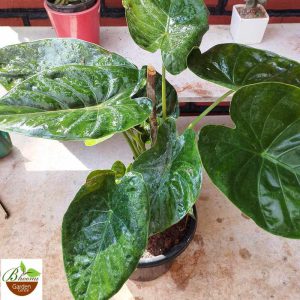
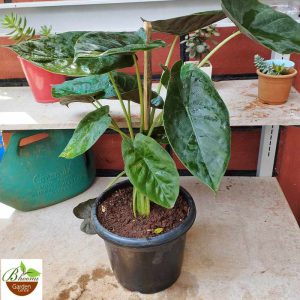
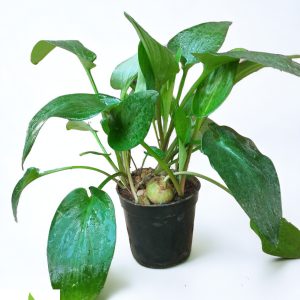 Drimiopsis Maculata
Drimiopsis Maculata 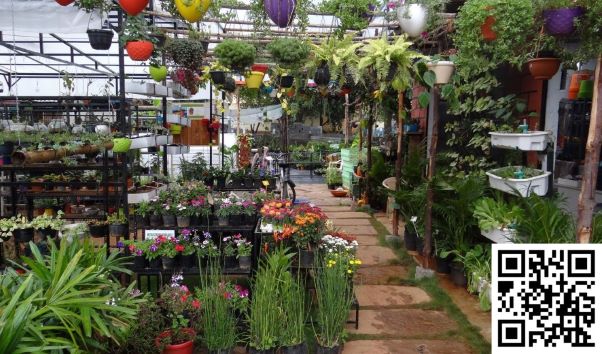
Reviews
There are no reviews yet.